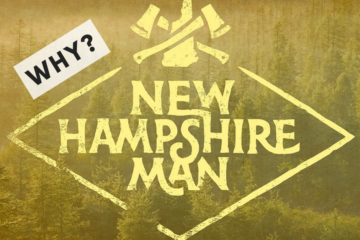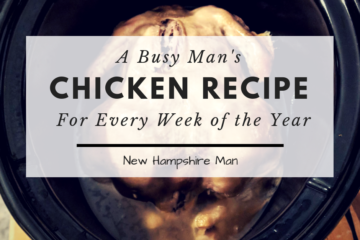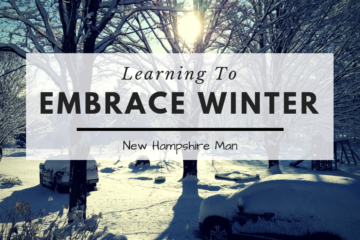The sisters in a Three Sisters garden are: corn, beans and squash.
They provide critical support for one another, like you’d expect out of three sisters from a strong family.
The corn grows tall and provides support for the beans. The beans climb the corn and transfer nitrogen from the air to the soil for the heavy feeding corn. And the squash grows dense, low, and wide to keep competitive weeds at bay so the other two can grow strong. It’s hard to grow more food per square foot than with a three sisters garden.
At least that’s what they say.
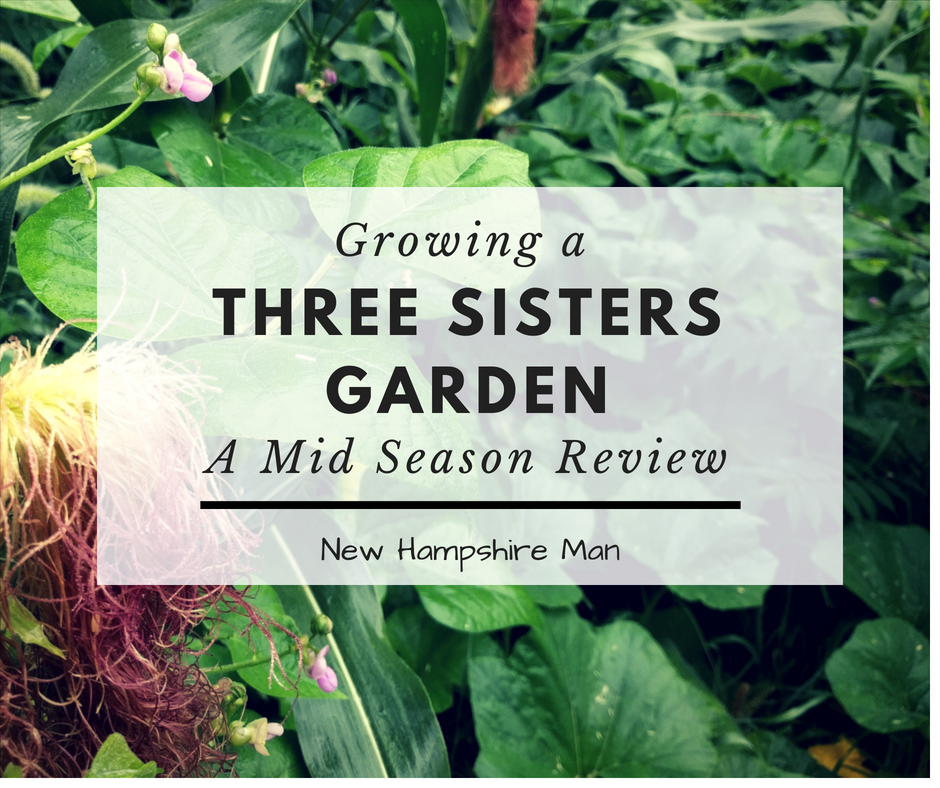
I learned about the three sisters garden in my study of permaculture, probably first in the book Gaia’s Garden. The few times it’s come up in conversation, people frequently reference the Native Americans using the method and, when grown out west, it can be called a milpa. HOWEVER! I’ve never actually met anyone, or heard of anyone, who has ACTUALLY GROWN a three sisters garden.
Before I cover a few details that will only matter to you if you decide to grow one of your own, let me offer some life lessons out of this for you.
Life is a System of Systems
The Three Sisters garden is somewhat of a poster child for Permaculture, and it can be used to try to explain what Permaculture is.
I consider Permaculture a way of thinking that can be applied across all walks of life, but it takes a few deep conversations and reflection to convey that in a meaningful way. So, to start the conversation it’s easier to describe Permaculture as a design science using natural systems in a mutually beneficial and symbiotic way to achieve abundance.
In my first paragraph explaining what the three sisters garden is you can see how the function of each plant influences the others in a positive way. And it takes no stretch of the imagination to see how such an abundance of food from my property will have a positive influence on me and my family. And when I tell you that I used my chickens to prepare the land, and will use them again to clean up after the harvest, you’ll see the beginning of an ever expanding relationship of systems being used in a mutually beneficial way to achieve abundance.
I share this with you because it is a very tangible way to show how a few systems (land, plants, and chickens) can be used together to positively impact my family.
The trick, now, is to realize that your life is made up of a complex web of systems: home, car, family, diet, pets, jobs, neighbors, hobbies, and on forever. If you can take the time to realize this, and reflect on all the interrelations of these systems, you might be able to find ways to make each one add value to a few of the others.
It’s not impossible to do, and if you turn it into a game it can be a lot of fun to figure out. As you figure this out I invite you to focus on the relationships through the lens of Lifestyle Design, turning yourself from a passive observer of the relationships, to an active planner to capitalize on them. As if going from noticing a three sisters garden growing in nature, to purposefully planting one the following year, perhaps in a place with a better solar aspect. Do you see what I’m getting at here?
Related: THIS is Lifestyle Design
Ok, next up:
It Doesn’t Matter What ‘They’ Say If You Never Take Action
Like I mentioned in the intro, I’ve never met anyone who has grown a three sisters garden. I can spend all day reading about them, and to some degree I have, but all of that study wouldn’t matter a damn if I didn’t get off my heiny and throw some seeds in the ground.
You’ve probably heard of the saying; Paralysis by Analysis. It’s something that’s impossible to get right all the time, it’s a balancing act. On the one hand, it’s smart to do the research to learn from those that have gone before, but on the other hand, you just have to take what you’ve learned and go take action.
It’s one of the first things I learned driving a warship. The captain told me; make a decision with the best information you have, pay attention to understand if it was a bad one, and if it was, make another one to fix it. Making a poor decision is better than making no decision at all. (This was in reference to ships meeting each other at sea. In a constant bearing, decreasing range situation you don’t just stand there and watch the other ship hit you, you do something.)
I learned what I could about the Three Sisters from books and from the internet, so when the time came, I just did it as best I could. Naturally, I’ve learned a few things, which I look forward to sharing with you.
If you could care less about growing a three sisters garden, it’s been a pleasure having you, I hope you go forth to design your life systems for abundance, and grow the courage necessary to take action even when you don’t know exactly what to expect.
Now, about this season’s Three Sisters Garden:
Three Sisters Garden – Mid Season Review
This is a condensed list of some things I’ve learned growing this garden. If you want to grow one too, and have any questions please ask them in the comments section of this post. For reference, the varieties for every plant I grew are listed and linked in this post.
- How to arrange the plants? I planted rows on contour in my field, alternating squash and corn in each row. Each row is 2 – 3 feet apart and I feel like the spacing is pretty good, meaning the corn is letting enough light in for the squash, and the squash has enough room to grow into. Also, the corn is close enough so that it should pollinate adequately.
- When to plant? I put the corn in first, appropriate for my zone, and when the corn was ‘hand high’ (about 6 inches) I planted the beans and squash. The squash went in it’s own row, and a bean seed went at the base of each corn plant. With hindsight, I would consider planting the squash at the same time as the corn to try to get ahead of the weed pressure.
- Managing weeds. I prepared the bed with chickens by focusing their effort by spreading scratch grains daily in a section that used to be field. Once the seeds go in, the chickens must be kept out. A few chickens were persistent, and problematic, but once I found out who, clipping their wings worked well. Once the seeds were in, though, my objective was to not weed this parcel, and in looking at it now, it could benefit from some weeding.
- Water. The biggest issue I have, in general, is getting plants started. I think that it’s due to sporadic and inconsistent watering during germination. I have a rainwater harvesting project in the works to help me automate watering in the future, but for this season I think I lost many plants because of drying up after germination. The summer has been wet, but it got dry a few weeks in the spring and I did water the plot a few times with a sprinkler. I hope for much better results with automated watering through drip tape next year.
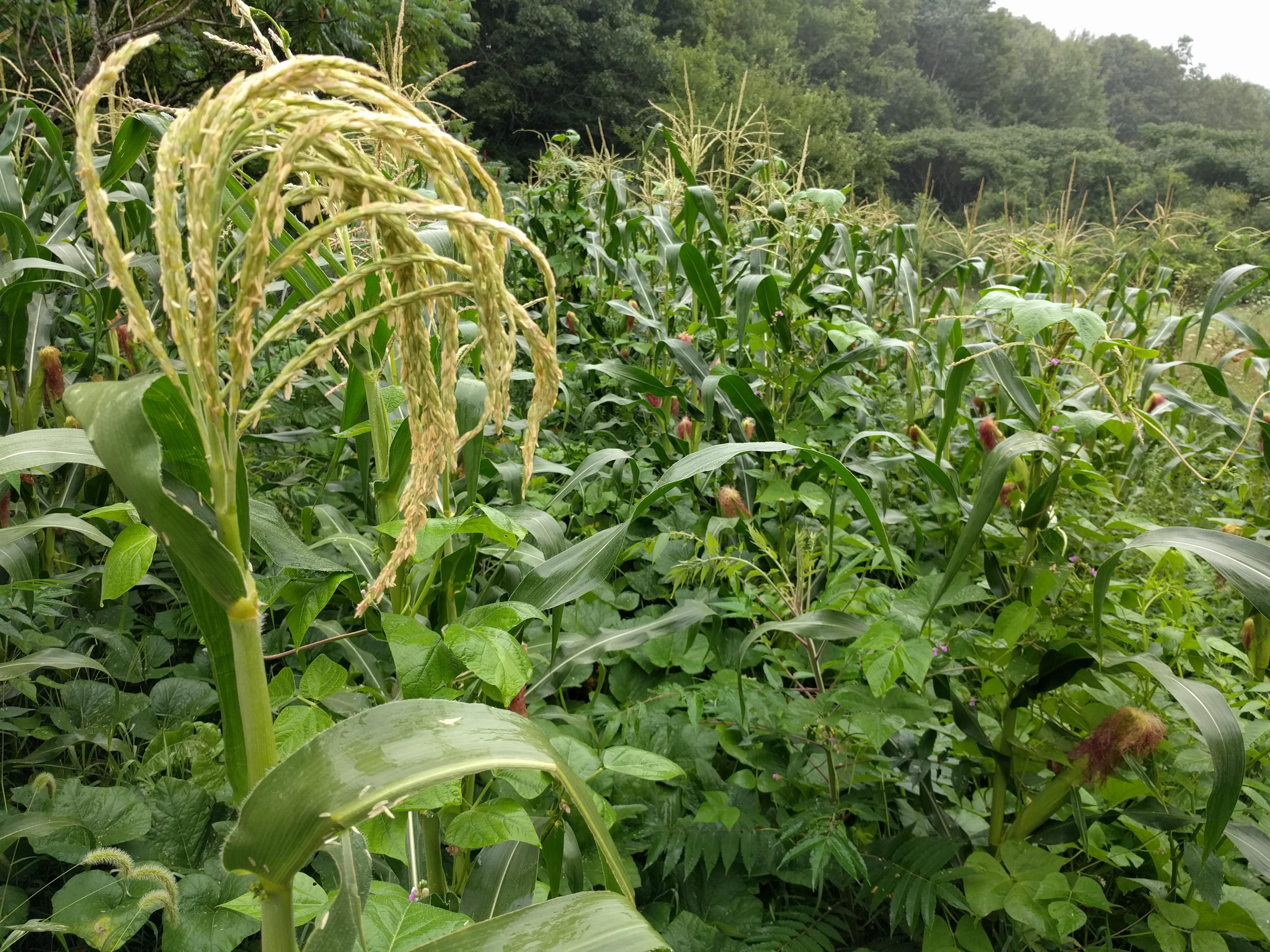
In closing, this is really a badass way to grow food. I have one great row of squash between corn that looks fantastic, and the beans vining up the corn stalks is totally awesome. The corn is putting on cobs now and the beans and squash are flowering. To see more please check out my video:
I’m super excited to see how this comes out at the end of the season. I hope you are too, and if so, please sign up for my newsletter for additional nuggets to design systems of freedom into your life.
Until next time,
NHMan
[sibwp_form id=2]
